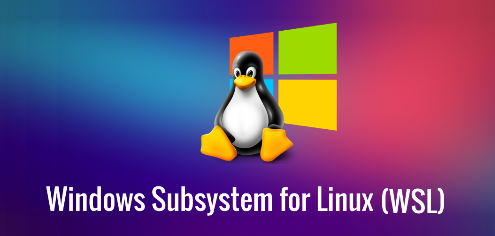
What
WSL is a compatibility layer for running Linux binary executables natively on Windows 10, Windows 11, and Windows Server. It allows users to run a GNU/Linux environment directly on Windows, including most command-line tools, utilities, and applications.
Who
WSL is designed for developers, IT professionals, and anyone who needs to run Linux tools and applications on a Windows machine without the need for a virtual machine or dual-boot setup.
Where
WSL can be used on any Windows 10 or Windows 11 machine that meets the prerequisites for installing WSL. It is available through the Windows Features settings and the Microsoft Store.
When
WSL was first introduced in Windows 10 version 1709 (Fall Creators Update) and has been continuously updated and improved in subsequent versions of Windows.
Why
WSL provides several benefits:
| Pros | Cons |
|---|---|
| Efficiency: It allows developers to use Linux tools and applications without the overhead of a traditional virtual machine or dual-boot setup. | Some Linux applications may not work perfectly or may have performance limitations. |
| Flexibility: Users can switch between Windows and Linux environments seamlessly. | Requires a compatible Windows version and sufficient system resources. |
| Compatibility: It supports most Linux distributions available in the Microsoft Store, such as Ubuntu, OpenSUSE, Kali, Debian, and more. | Does not support graphical user interfaces out of the box (requires additional setup). |
| Development: Enables developers to work on cross-platform projects and use Linux-specific tools and scripts on a Windows machine. | Limited to the functionality of the WSL environment and may not cover all Linux features. |
How
To set up WSL, follow these steps:
| Step 1 | Enable WSL: Open the Control Panel, go to "Programs and Features," click on "Turn Windows Features on or off," and check the box for "Windows Subsystem for Linux." Restart your computer to apply the changes. |
| Step 2 | Install a Linux Distribution: Open the Microsoft Store, search for a Linux distribution (e.g., Ubuntu), and click "Install." Follow the prompts to complete the installation. |
| Step 3 | Set Up Your Linux Environment: Launch the installed Linux distribution for the first time, create a user account and password, and set up your environment. |
| Step 4 | Use WSL: Open your Linux terminal from the Start menu and start using Linux commands and applications. |
Consequences
Using WSL has significant consequences for both developers and IT professionals. These include increased productivity, seamless development experience, and the ability to leverage the power of Linux tools on a Windows platform. However, users should be aware of potential limitations in performance and compatibility with certain Linux applications.
| Positive Consequence | Increased productivity due to the ability to run Linux tools natively on Windows. |
| Negative Consequence | Potential limitations in performance and compatibility with certain Linux applications. |
Conclusion
WSL is a powerful tool that bridges the gap between Windows and Linux, providing developers and IT professionals with the flexibility and efficiency to work seamlessly across both environments. By enabling WSL, users can leverage the best of both worlds without the need for complex setups or compromises.
- Get link
- X
- Other Apps









Comments
Post a Comment
Thank you for your comment! We appreciate your feedback, feel free to check out more of our articles.
Best regards, Bizantum Blog Team.